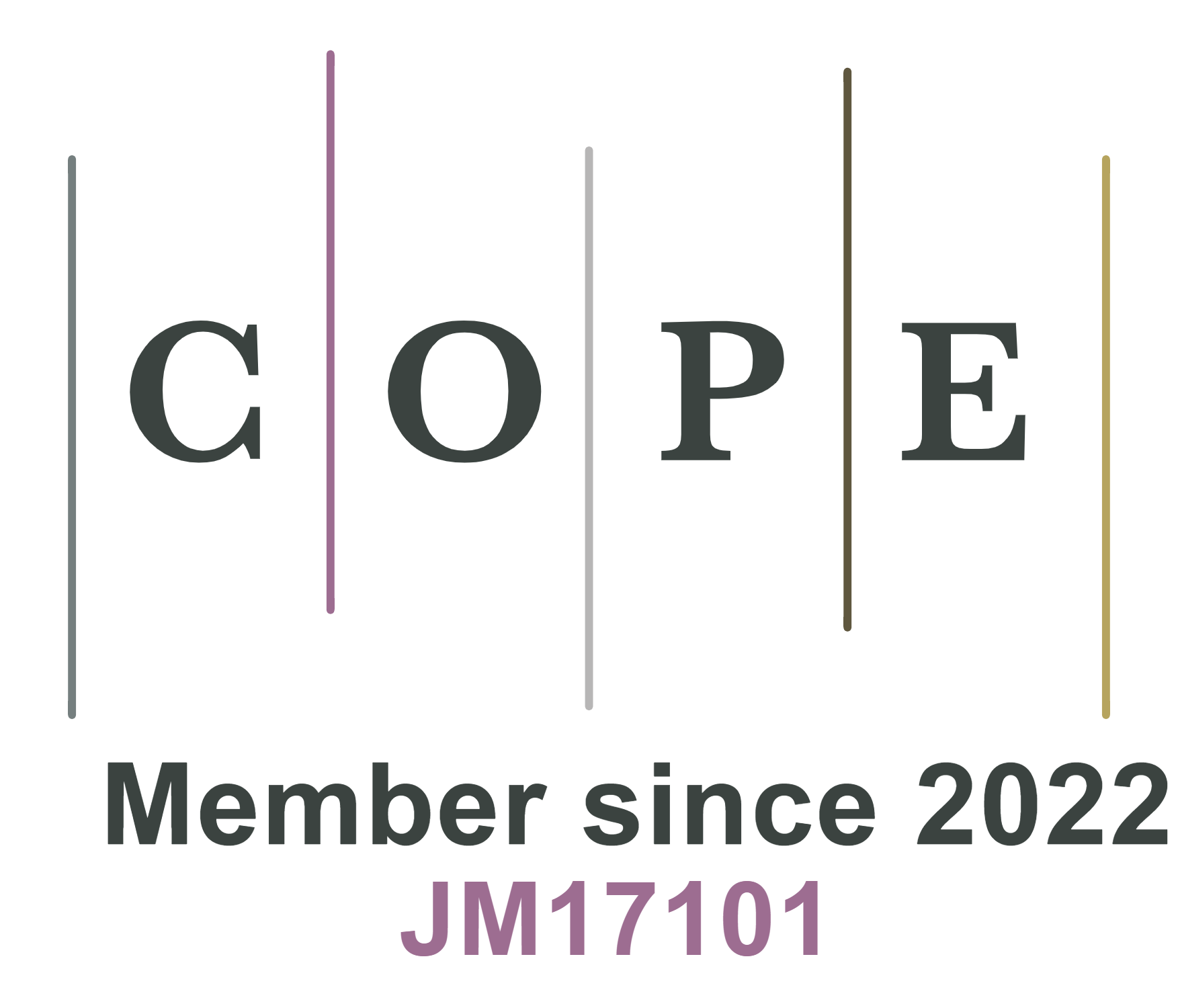fig9

Figure 9. (A) Schematic illustration for the preparation of the Bi2O3/MXene. (B) XRD pattern of Bi2O3/MXene. (C) EIS spectra and (D) CV curves at different scan rates of Bi2O3/MXene with different proportions. (E) Gibbs free energy barrier diagram of NO3-RR for Bi2O3/MXene. (F) NH3 yield rate and FE of Bi2O3/MXene under different potentials. Reproduced with permission from Ref.[71]. Copyright 2023 Wiley-VCH. (G) Schematic diagram of Mo2CTx:Fe for NO3- RR. (H) XANES spectra of Mo2CTx:Fe in the presence or absence of NO3- under acidic conditions. (I) CNC/O was determined by FT-EXAFS data fitting for Mo2CTx:Fe. (J) FE of Mo2CTx:Fe at different potentials in neutral electrolyte. (K) Local current density and NH3 yield rates of Mo2CTx:Fe at each potential in neutral electrolyte. (L) FE of Mo2CTx:Fe at different potentials in acid electrolyte. (M) Local current density and NH3 yield rates of Mo2CTx:Fe at each potential in acid electrolyte. Reproduced with permission from Ref.[74]. Copyright 2023 Wiley-VCH.









